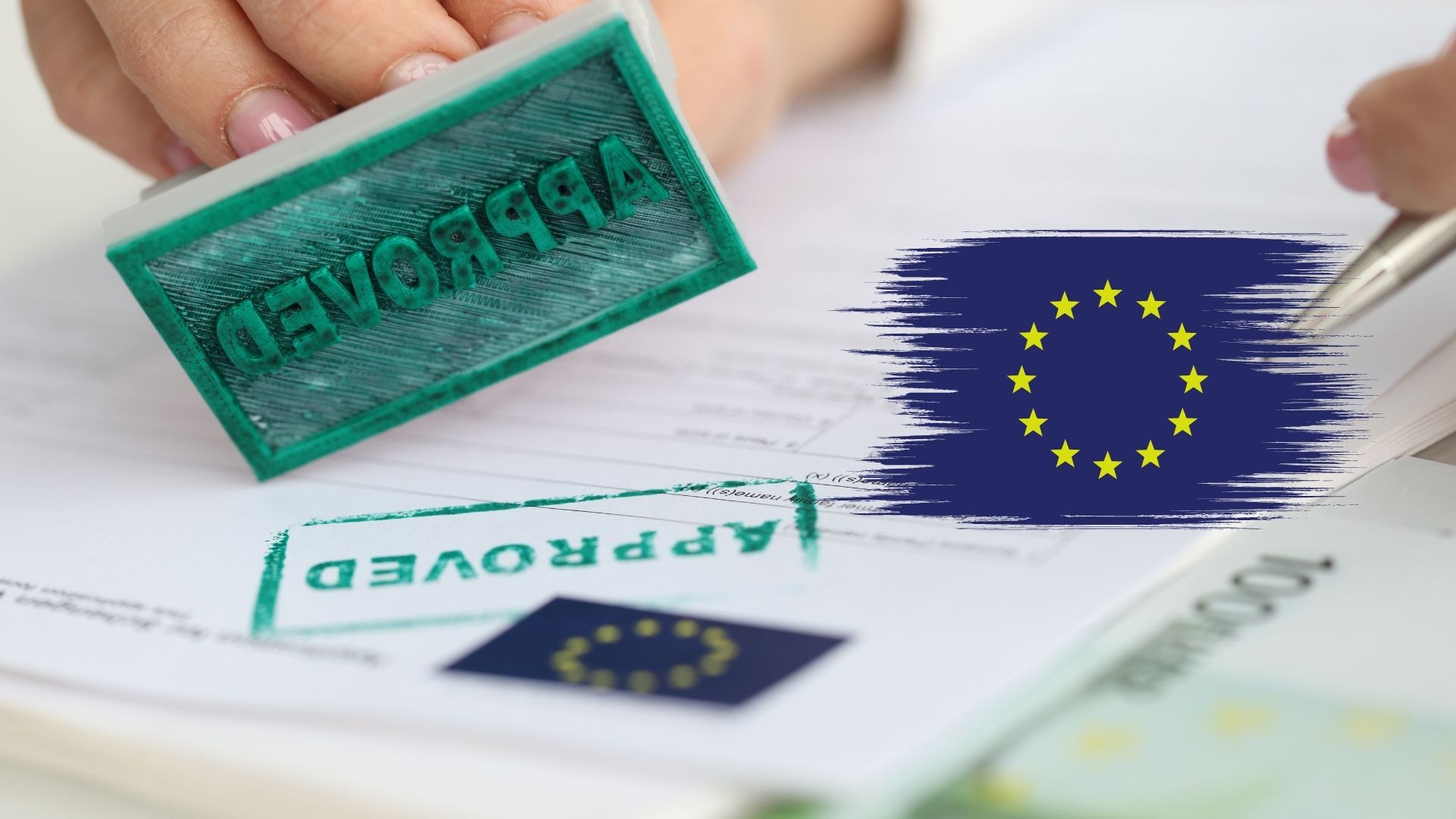EU finance ministers voted 27-0 in favour of adopting MiCA, the world’s first comprehensive crypto framework.
Over the past few months, efforts to regulate the crypto industry have been stagnant, if not actively hostile, in some parts of the world (we’re looking at you, America). In other economic areas though, progress has been steady, and robust regulation is now well within reach. Yesterday, the Economic and Financial Affairs Council of the European Union unanimously voted in favour of the long-awaited Markets in Crypto-Assets (MiCA) regulation, giving the green light for implementation.
The Economic and Financial Affairs Council is made up of finance ministers from all 27 EU states. The fact that MiCA will apply to all 27 countries is partly why the framework is so attractive to crypto operators.
The Council also voted in favour of two other pieces of legislation, one relating to ‘information accompanying transfers of funds and certain crypto-assets’, and the other relating to the export of commodities.
MiCA is expected to come into effect by mid-2024, after the bill has been published in the Official Journal of the European Union, the primary legal publication of EU law.
Why is MiCA so important?
Robust regulation is essential for protecting investors and businesses alike. Under MiCA, crypto-asset service providers (CASPs) have a legal duty to disclose specific information to consumers. This includes information about the entity, what they will do with capital raised, the underlying technology and what obligations are attached to the asset. (MiCA clause 14, chapter 1.).
The regulation also requires crypto-asset providers to be upfront and transparent about investment risks.
MiCA also provides tighter regulatory rules on stablecoins. A stablecoin is a type of cryptocurrency that is designed to have a stable value. They are typically pegged to a fiat currency, a commodity, or an algorithmic index.
MiCA outlines that:
- Issuers of stablecoins must maintain a reserve of assets backing up the tokens. (Article 32)
- The reserve must be segregated from the issuer’s own assets. (Article 33)
- The reserve must be invested in low-risk ways. (Article 34)
Regulation will help reduce volatility and make compliance easier.
One thing that’s become clear in the SEC’s refusal to regulate crypto assets is that compliance is impossible without regulation, even when businesses are trying to comply. Coinbase has been particularly vocal about this, and even Hester M. Piece, one of the five SEC commissioners, has questioned whether compliance is possible without new regulations.
The beauty of MiCA is that the rules will apply across 27 member states, giving consistency and clarity to a huge range of crypto providers on how to comply with the law.
When regulation is enforced, it’s likely that market volatility will stabilise, namely due to market transparency and risk mitigation. A well regulated market will also attract institutional investors, bringing additional liquidity and depth to the market.

Disclaimer: CryptoPlug does not recommend that any cryptocurrency should be bought, sold, or held by you. Do conduct your own due diligence and consult your financial advisor before making any investment decisions.




